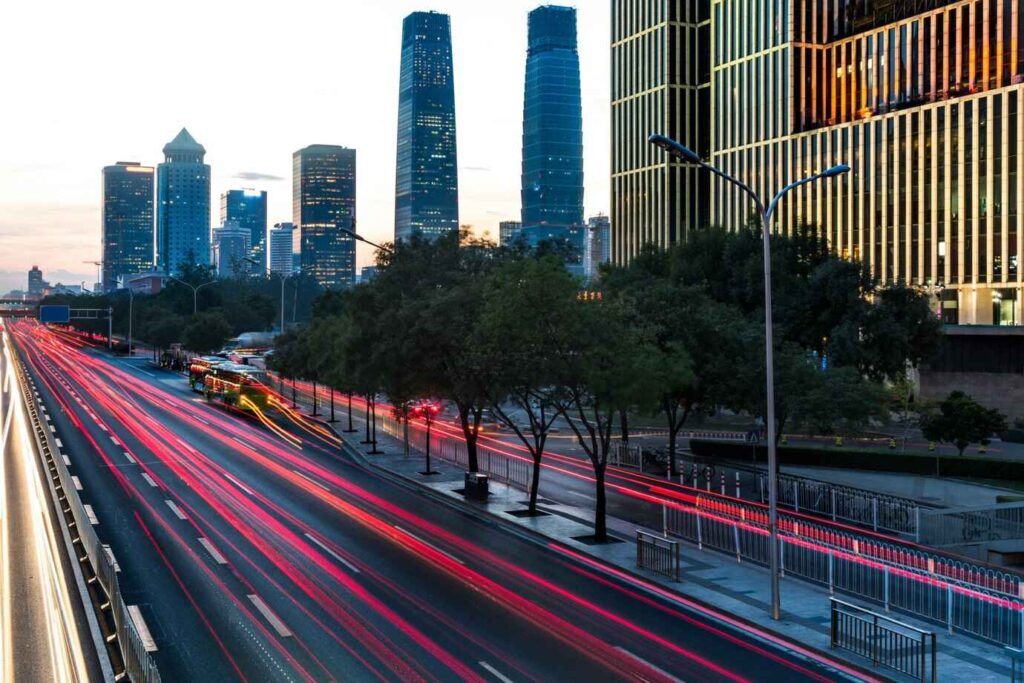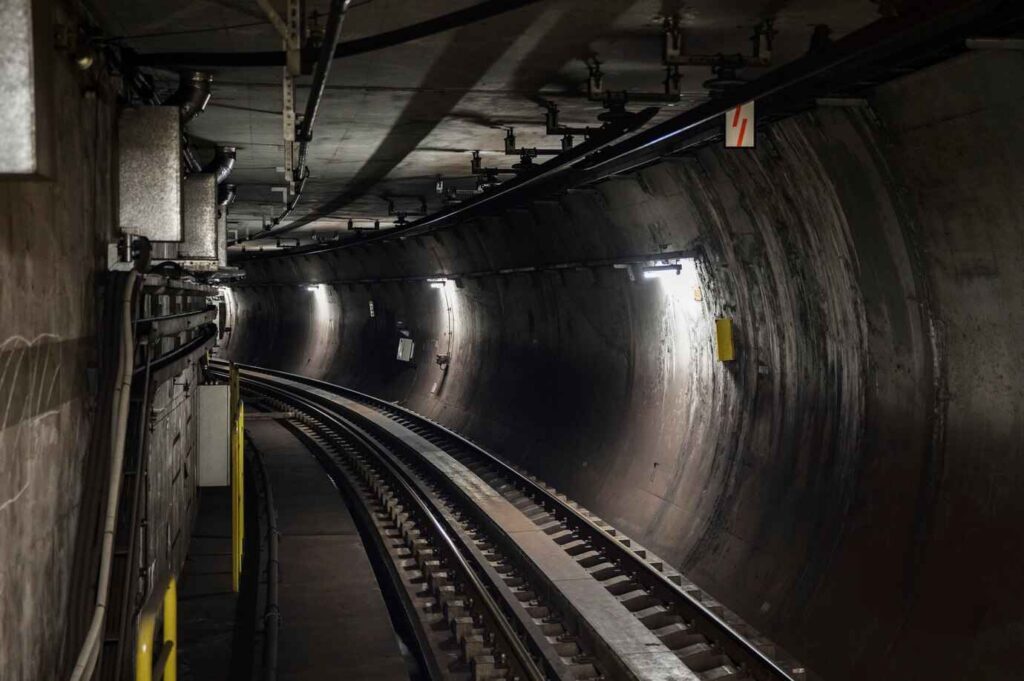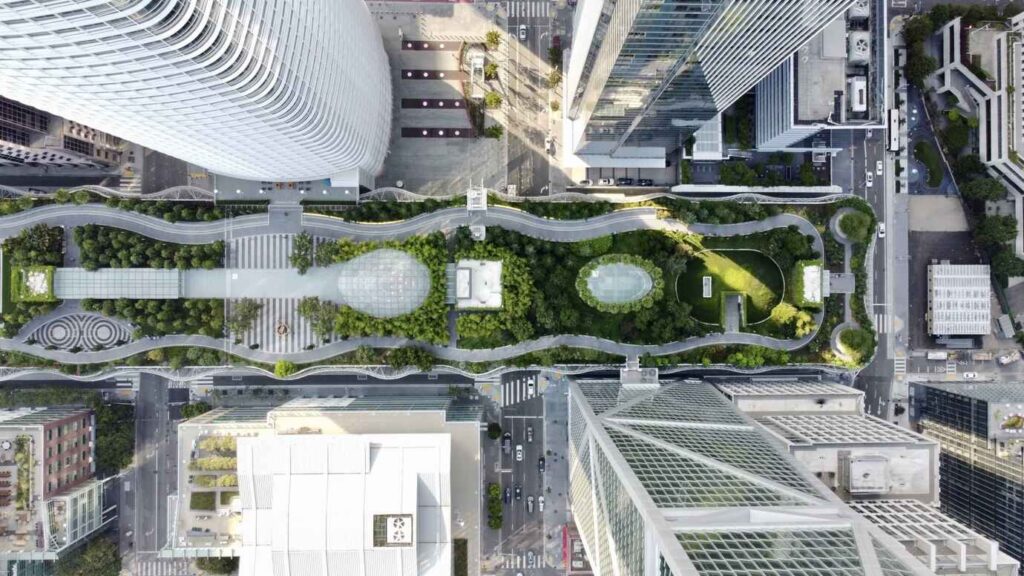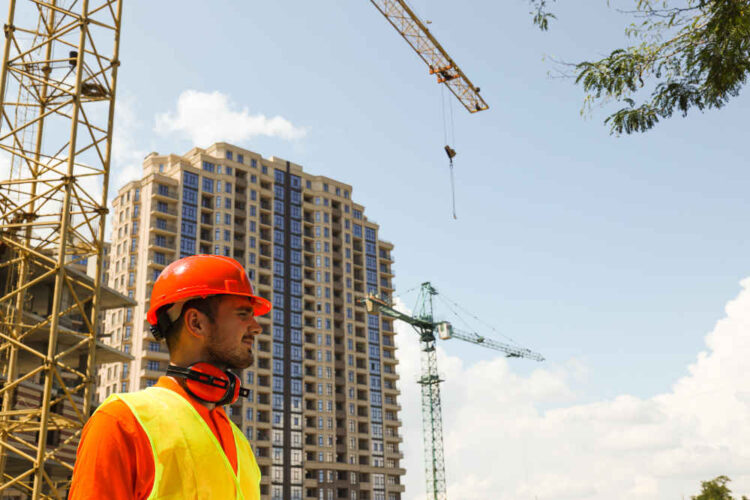The rise of smart cities has been largely associated with cutting-edge technology—AI-driven traffic management, sensor-equipped infrastructure, and real-time data analysis. But beyond the software and automation, the physical aspect of urban development is undergoing a transformation of its own. Modern construction techniques are redefining how cities expand and upgrade, making urban growth more efficient, sustainable, and less disruptive to everyday life.

Building smarter, not just bigger
Traditional urban expansion has often been synonymous with large-scale disruption—roads blocked for months, neighborhoods overtaken by heavy machinery, and entire districts rendered inaccessible during infrastructure overhauls. However, as cities strive to become smarter, the construction industry is evolving to match this new era of urban development. Efficiency, precision, and minimal interference are now as critical as the final structures themselves.
Rather than focusing solely on increasing capacity, modern construction prioritizes sustainability, durability, and adaptability. Smart cities are not just about adding new buildings or infrastructure; they are about integrating advancements that improve functionality while maintaining the urban flow. This shift is being driven by innovative engineering solutions that allow for rapid upgrades without bringing entire city sectors to a standstill.
The shift toward less invasive construction
For decades, urban construction projects required significant surface-level disruption. Whether for road expansions, utility upgrades, or transit systems, traditional methods often meant tearing through streets and displacing communities. Today, however, more cities are investing in construction techniques designed to work alongside daily life, not against it.
Prefabrication and modular construction have drastically reduced the time required for new developments, allowing buildings to be assembled in controlled environments before being transported and installed on-site. This approach not only shortens construction timelines but also reduces noise pollution, material waste, and environmental impact. Similarly, advanced tunneling techniques are enabling cities to expand their underground networks without major interruptions on the surface.
Underground infrastructure and the power of trenchless technologies
One of the most overlooked yet crucial aspects of smart city development is underground infrastructure. Beneath every urban landscape lies a complex network of water pipes, electrical lines, fiber-optic cables, and sewage systems that sustain daily operations. Maintaining and expanding these networks has historically been a disruptive process, often requiring extensive digging and prolonged road closures.

Trenchless boring is emerging as a game-changer in modern urban construction, enabling the installation and maintenance of underground infrastructure without major surface disruption. Unlike traditional excavation, which requires digging extensive trenches, trenchless boring allows for precise underground drilling, minimizing damage to roads, landscapes, and existing structures. This technique is being widely adopted for upgrading essential networks, from water distribution systems to underground power lines.
By eliminating the need for large-scale excavation, trenchless methods not only reduce the physical impact on urban environments but also significantly cut down on construction timelines. Cities can now modernize their infrastructure while minimizing the inconvenience to residents, businesses, and transportation networks. As urban populations continue to grow, the ability to upgrade essential services without disrupting daily life will be a defining factor in how smart cities develop.
The role of automation and AI in modern construction
Beyond physical construction techniques, smart cities are also leveraging automation and artificial intelligence to enhance efficiency in urban development. AI-driven project management tools analyze vast amounts of data to optimize construction schedules, anticipate potential delays, and improve resource allocation. Autonomous machinery, including robotic bricklayers and AI-assisted excavation equipment, is accelerating project completion while reducing labor-intensive tasks.
Drones are playing an increasingly important role in construction site monitoring, providing real-time aerial imaging that helps engineers and project managers track progress with pinpoint accuracy. Combined with 3D modeling and digital twins—virtual replicas of physical infrastructure—these technologies allow for better planning, reducing errors and unforeseen complications during construction.
Sustainability at the core of urban expansion
The shift toward smarter construction is not just about speed and efficiency; it is also about sustainability. Cities are under growing pressure to reduce their carbon footprint, and infrastructure development plays a significant role in achieving this goal. Green building materials, energy-efficient designs, and low-impact construction methods are becoming standard practices.

Using recycled and locally sourced materials minimizes environmental impact while improving energy efficiency in new developments. Meanwhile, innovations in construction techniques, such as self-healing concrete and carbon-absorbing building materials, are helping to make urban expansion more environmentally responsible.
The application of trenchless boring in underground projects further supports sustainability efforts. By reducing excavation waste, preserving green spaces, and limiting emissions from heavy machinery, this method aligns with broader environmental objectives. Smart cities are not just being built for convenience—they are being designed with long-term ecological balance in mind.
The future of construction in smart cities
As cities continue to evolve, construction methodologies must keep pace with the demands of rapid urbanization, sustainability, and technological integration. The cities of the future will not only be defined by their digital capabilities but also by their ability to build and upgrade infrastructure without disrupting everyday life.
From trenchless boring revolutionizing underground networks to AI-powered project management optimizing construction efficiency, urban expansion is entering a new phase—one that prioritizes minimal disruption, sustainability, and adaptability. The goal is not just to build smarter cities but to construct them in a way that ensures progress happens seamlessly, enhancing rather than interrupting the urban experience.
While many smart city advancements remain invisible to the average resident, their impact is undeniable. The next time a major infrastructure upgrade occurs without road closures or excessive noise, it will likely be the result of a silent revolution in construction—one that is reshaping cities from the ground up, quite literally.











